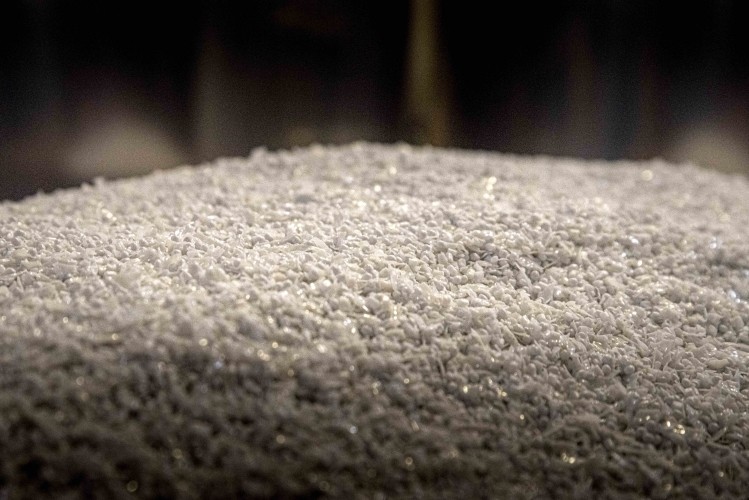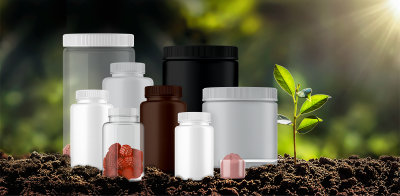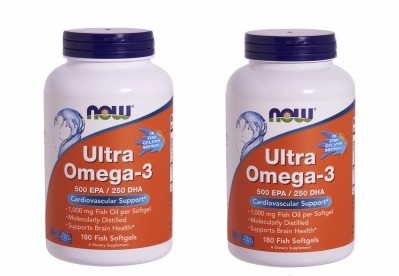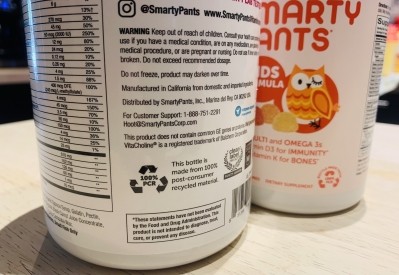State laws on post-consumer recycled content ‘moving faster than industry’

“On their face, the requirements of these laws appear reasonably clear: producers must register with the state, pay certain fees, make reports as to the percentage of post-consumer recycled content used in their packaging and meet certain benchmarks for PCR,” Samuel Butler, of counsel at Lathrop GMP LLP, told NutraIngredients-USA.
“The difficulty has to do with logistics and the market—these laws are essentially trying to create a market for post-consumer recycled material that does not currently exist.”
Industry experts say that a push to mandate demand for this recycled content – reprocessed from household or commercial packaging – is just one component of a bigger formula that must factor in supply chain challenges, fully recyclable packaging, total carbon footprint and product integrity, among other considerations.
What’s in a PCR content law?
Three states have already passed legislation in the drive to reduce dependence on virgin plastics (often from restrictive and unreliable markets) and buttress domestic recycling economies.
California’s Plastic Minimum Content Standards law (AB 793) went into effect this year, requiring plastic beverage containers covered by the bottle deposit program to contain at least 15% PCR by 2022, 25% by 2025 and 50% by 2030. The state already mandates minimum recycled content for glass and rigid plastic packaging containers.
Beginning 2023, Washington State plans to start phasing in PCR standards for plastic beverage bottles, plastic trash bags and plastic bottles for household cleaning and personal care products. New Jersey is scheduled to follow suit in 2024, with requirements for non-beverage plastic containers, plastic beverage containers and glass containers.
Though deadlines and packaging covered may vary, all three laws follow the tiered approach introduced by California and include provisions for an annual review to evaluate market conditions, recycling rates, availability of suitable recycled material, infrastructural capacity and the progress made by beverage manufacturers.
Access to starter material
Speaking at the Legal, Regulatory & Compliance Forum on Dietary Supplements in June, Jeff Brams, Chief Innovation & Legal Officer at Garden of Life, Inc. commented on the current supply chain challenges presented in these laws.
“This is one of the areas where the law is moving faster than the industry,” he said. “Access to PCR starter material is more limited than ever before. This is the beginning of a supply chain nightmare.”
The short supply of virgin resins over the last couple of years had already produced a spike in advanced purchases and therefore the price of PCR pellets.
According to the ‘The Future of PCR Packaging to 2026’ report from market insights firm Smithers, a compound annual growth rate (CAGR) of 7.2% across 2021-2026 will push global demand for PCR to 5.63 million tonnes in 2026. Of this, Smithers says the US currently accounts for roughly 20%, with much of the market driven by the high value and ease of recycling of PET for packaging-related use.
“Most reports examining the issue have concluded that there is currently a woefully inadequate supply of PCR—plastics, in particular—available to meet the demand that would be created if producers were to meet the required benchmarks,” Butler added.
“This is the state of the market, primarily driven by the anticipated demand created by the California law. The gap between supply and demand would only grow if additional states were to pass similar laws.”
Avoiding a patchwork of unachievable regulations
Mike Meirovitz, director of government relations at the Council for Responsible Nutrition (CRN) told NutraIngredients-USA that the council will work with “federal and state policymakers to find solutions that incentivize progress in these areas” but that it is “also mindful that any new compliance requirements should not be unduly burdensome, impractical or unachievable for this industry.”
“Federal solutions are certainly preferable to inconsistent state mandates that create a patchwork of requirements that disrupt distribution and may be inconsistent with one another,” he added.
Just last month, the Northeast Recycling Council and the Northeast Waste Management Officials’ Association published a model PCR law to lay the groundwork for a harmonized regional approach. The covered plastic packaging and products include rigid plastic containers, single-use bags and single-use containers used for food, beverages, household cleaning and personal care products.
The packaging puzzle
Outside of the legislation and despite the challenges, the dietary supplement industry has been moving towards its own sustainability goals in both formula and packaging.
“Though regulation is occurring primarily at an individual state level, legislation along with aggressive commitments from brand owners are key factors driving demand,” Tim Cooper, project director with Smithers’ Packaging Consultancy Information Division, told NutraIngredients-USA.
Sustainability leader Garden of Life, for one, has been increasing PCR plastic content in its HDPE tubs used for protein powders over the past several years and has introduced products made from up to 100% PCR resins. In 2019, Nature’s Way debuted a square bottle for its 300-item herbal line, made from 97% PCR HDPE that is reprocessed from old milk jugs and expected to reuse 3,500 tons of plastic a year.
“But incorporating PCR into plastics is only one part of an overall effort, and quite frankly, it’s more like a part of a very complex puzzle where everything has to fit together in just the right ways to achieve the brand’s true goals for sustainable packaging,” Brams said.








